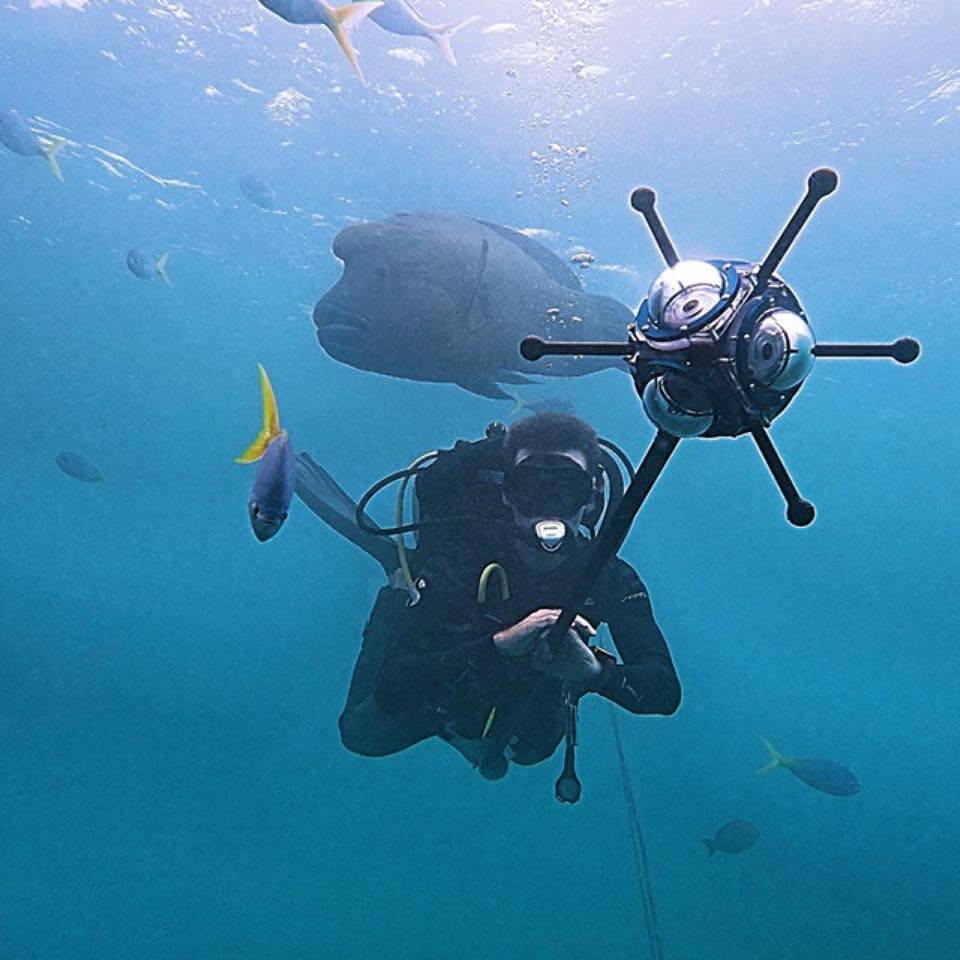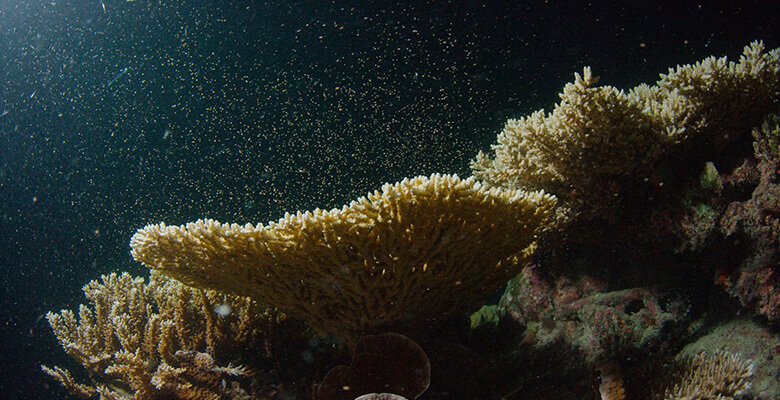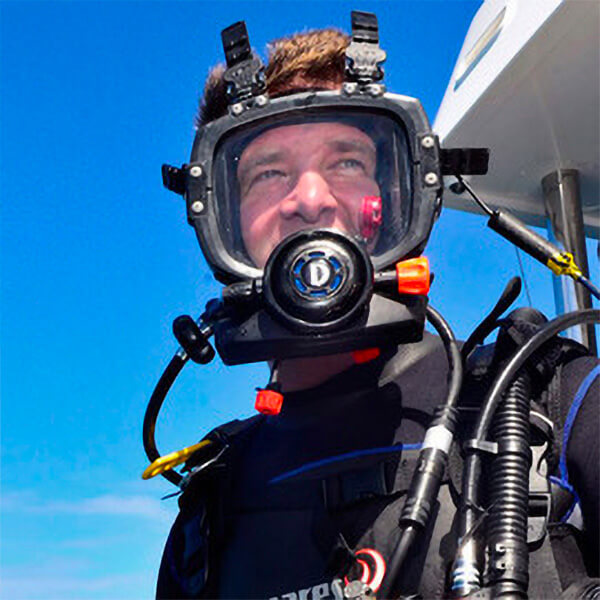A passionate advocate for ocean conservation, Pablo volunteers with the Cairns and Far North Environmental Centre Marine Response Team, the Australian Marine Conservation Society, Divers for Reef Conservation and Cairns Turtle Rehabilitation Centre. But it is his work with the Eye on the Reef program that led him to embark with @citizensGBR on #spawningGBR, a reef-wide effort to document the world’s greatest reproductive event - the coral spawning.

Sex on the Reef

Meet Pablo Cogollos
Marine biologist, dive instructor, film maker
In 1981 scientists on the Great Barrier Reef observed an amazing natural phenomenon: the coral spawning. Thousands of eggs poured from corals, making the reef look like it was experiencing an underwater snow storm and collecting on the surface like a huge pink slick.
The mass coral spawning is triggered four to five days after a spring full moon, once the water has reached a certain temperature. While many of the fertilised eggs are eaten by predators, some will fall on exposed rock and start a brand new coral colony. It is without a doubt the world’s greatest reproductive event!

The Reef isn't dead.
Major consecutive coral bleaching events in 2016 and 2017 led news outlets around the world to run headlines proclaiming the death of the Great Barrier Reef. But while the Reef is under significant threat, from both climate change and localised issues such as water quality, it is far from gone.
Humanity will give up on a ‘dead’ Reef – we can't let that happen. If we are willing to let go of the Great Barrier Reef then what wouldn't we be willing to let go?

Empathy not apathy
#SpawningGBR aims to celebrate the beauty and resilience of life on the Reef. By allowing the world to interact with data and witness the spawning event in real-time via spawning.citizensgbr.org we hope to create empathy, not apathy, for this immense yet delicate ecosystem.
Putting citizen science
on the map
Reef operators, photographers, scientists, divers and citizens from across the world are able to connect and use the Eye on the Reef platform to contribute to the spawning dataset. Be it a tourist on a night dive or a scientist working for the Australian Institute of Marine Science, everyone can play a part.
As data comes in, an interactive map lights up in real-time to show locations and sightings, allowing the world to tune in and follow the action via footage, images and reports. The project aims to remind us that the Reef is still alive and that now, more than ever, it is critical that we do not give up on it.

This year's coral spawning is a defining moment in the history of the Great Barrier Reef. The corals out there today have survived two consecutive years of coral bleaching – their genes are a genetic gold mine for the future of the Reef. We are hoping that the next generation spawned from these genes will be more resilient in the face of climate change.

Spawning into the future
- Increase the number of contributors on the GBR through outreach programs
- Encourage adoption of the #spawningGBR program on reefs across the planet
- Share the annual spawning phenomenon with the world via global media partnerships
Unite for the reef.
Together, we can ease the pressures that the reef faces - but we need your support to do it. Because it’s only when we’re united as Citizens, that our individual actions can come together to make a real, physical impact on the Great Barrier Reef.



